“Kamakura Enoshima 7 Lucky Gods” in Japan
Every year, not only Japanese but also many foreigners come to Kamakura (Wiki)and Enoshima for sightseeing. It has been over 20 million people a year.
Currently (March-August 2020), travel is restricted to prevent the spread of coronavirus infection, so there are almost no foreigners.
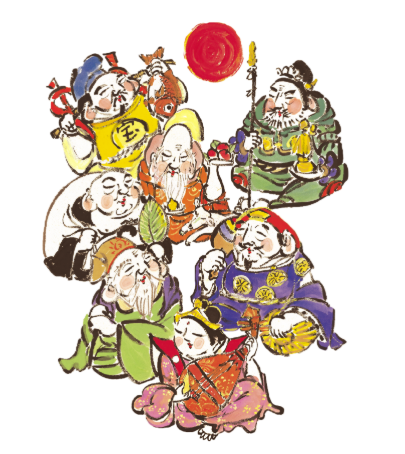
Being non-religious, I am not belong to any particular denomination. I think this is the majority of Japan’s youth to middle age.
However, many Japanese value many gods and Buddhist ancestors.
I live in Zushi City next to Kamakura City, but until now I knew the name of “Kamakura Enoshima Seven Lucky Gods”, but I couldn’t take interest.
This time, I wanted to experience the charm of the tourist resort Kamakura myself, so I decided to visit the shrines and temples.
There are so many shrines and temples in Kamakura, but I was convinced that the “Kamakura Enoshima Seven Lucky Gods” tour will be a trip that allows you to enjoy the charm of Kamakura and Enoshima in a compact tour while being auspicious of God.
The stations used are Kita-Kamakura and Kamakura on the JR (Japan Railway) Yokosuka Line, and Hase and Enoshima on the Enoshima Electric Railway.
If you are limited to “Kamakura Enoshima 7 lucky Gods“, please go as follows.
- Get off at Kita-Kamakura Station
- Then go to Jōchiji Temple
- Go to Tsurugaoka Hachimangu Shrine on foot
- Go to Hokaiji Temple
- Go to Myoryuji Temple
- Go to Honkakuji Temple
- Get on Enoshima Electric Railway at Kamakura Station
- Get off at Hase Station
- Go to Hase Temple
- Go to Goryo Shrine
- Take the Enoshima Electric Railway again at Hase Station
- Get off at Enoshima Station
- Visit Enoshima Shrine
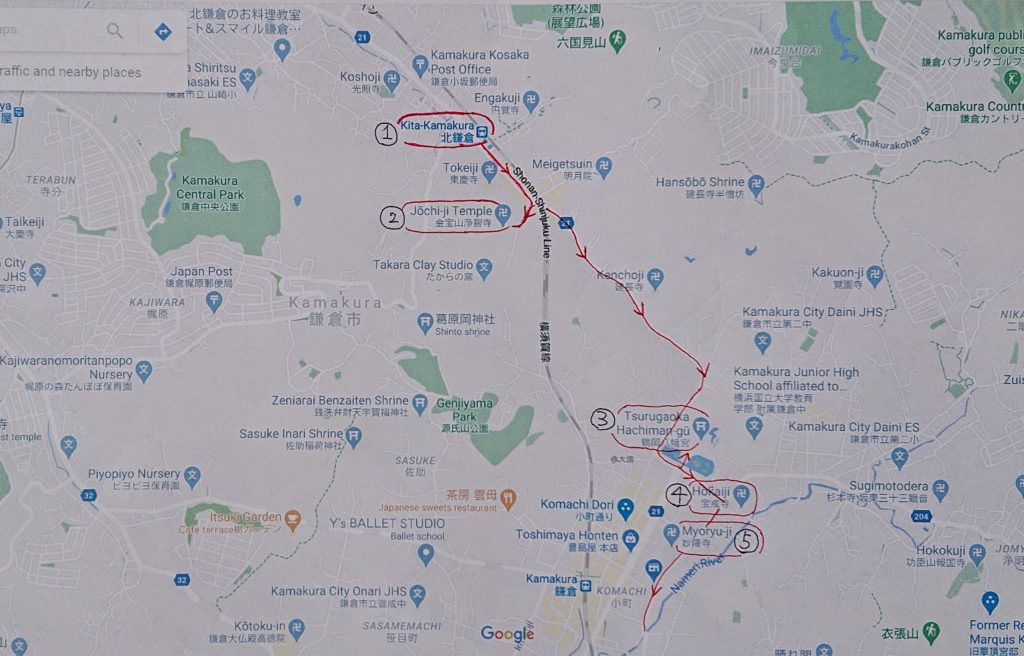
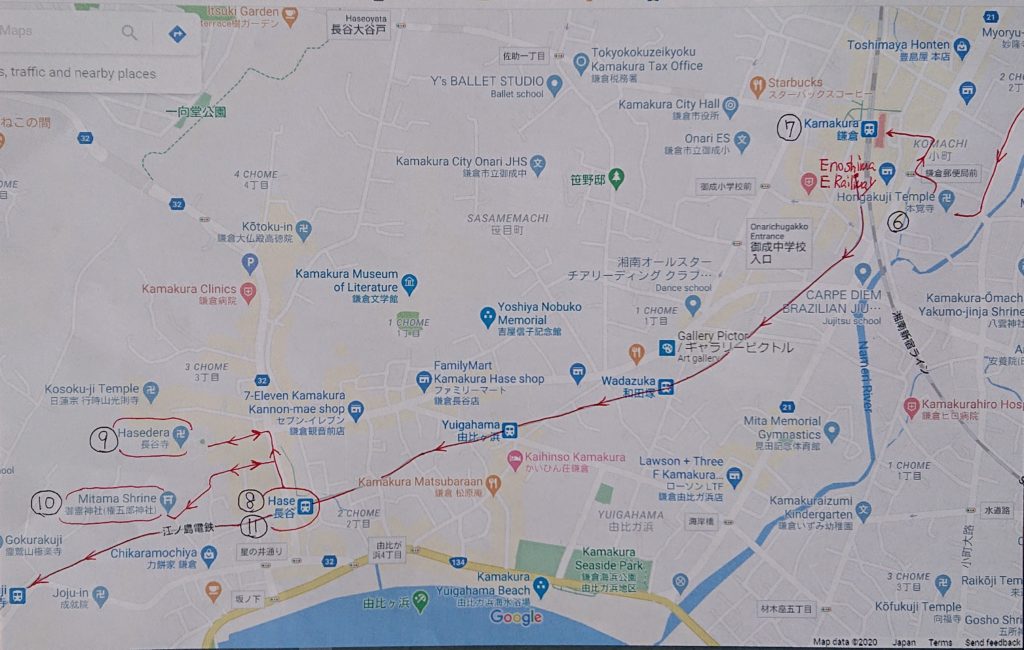
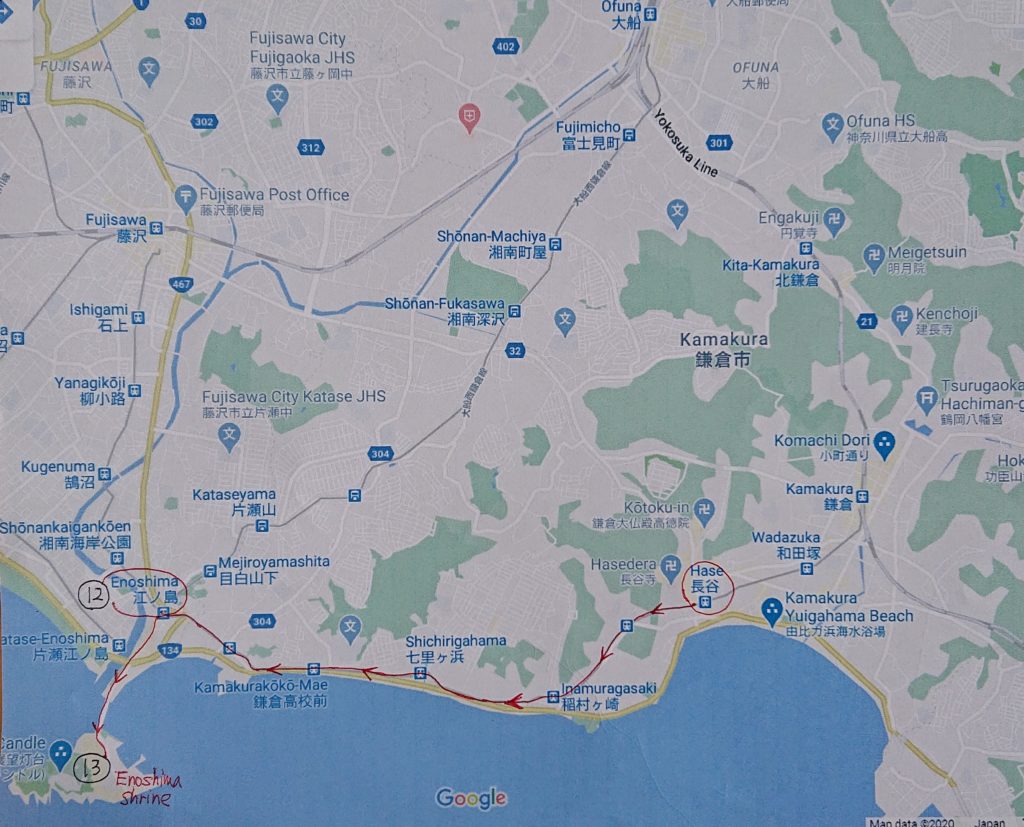
Actually, it will take 4 to 5 hours to turn efficiently, but it may take 2 days if it is crowded or slowly turning.
At each shrine and temple, a unique commemorative stamp or handwriting called “Goshuin” will be written. Each place has various characteristics and is interesting. There are a lot of people who have a hobby to collect this.
There is thick paper printed God characters exclusively for “Kamakura Enoshima Seven Lucky Gods“. If you record the “Goshuin” of the shrines and temples you visited, it will definitely be a memory of your memories.
“Seven Lucky Gods” are introduced by Hindu gods of India and Buddhist gods of China to Japan, and add happiness to prayers with their own added value.
- Hotei-san (family satisfaction)
- Benten (artistic and financial fortune)
- Bishamonten (disappearance of illness and increasing treasure)
- Jurojin (longevity)
- Ebisu (prosperous business, fertile crops)
- Daikokuten (prosperity, good luck)
- Fukurokuju (wisdom)
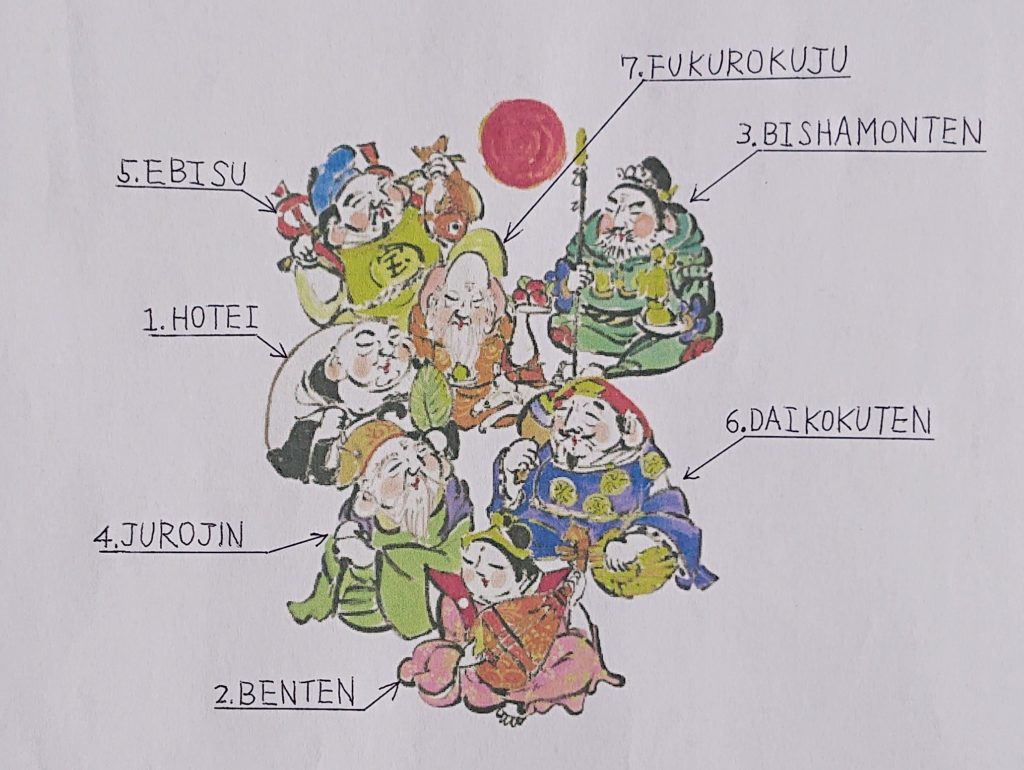
By all means, when visiting Kamakura, Japan, why don’t you try walking and sweating for your health to collect each and every “Goshuin” (stamp)?

There are many delicious meals and sweets in Kamakura and Enoshima.
If you go around the shrines and temples while enjoying such fun together, you will have more memories. Although not included in this “Kamakura Enoshima Seven Lucky Gods“, there is also “Kamakura Gu Shrine” and “Kotoku-in temple” where the Great Buddha of Kamakura is located.
I would be very pleased if you could make the “Kamakura” and “Enoshima” tourism more meaningful.
Below are the blogs when I visited “Kamakura Enoshima Seven Lucky Gods“. I’d be happy if you could refer to this blog before coming to Kamakura or Enoshima, or while actually coming. We also hope that many people can spread the charm of “Kamakura Enoshima Seven Lucky Gods” to many people.
Jochiji Temple: Hotei-san (details refer to my Blog)
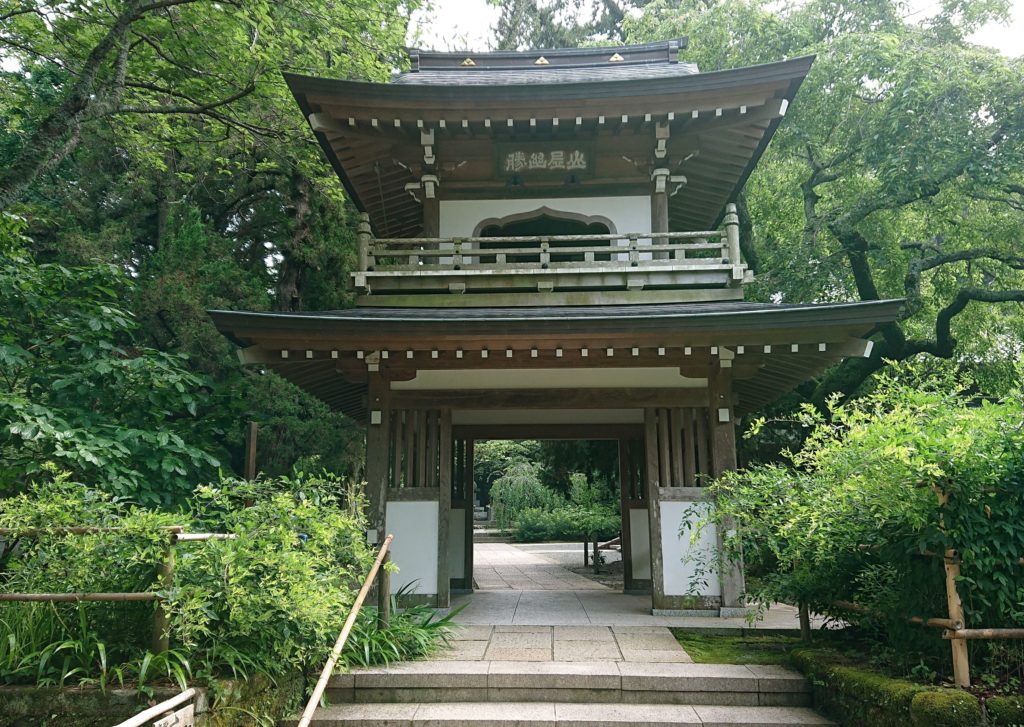
Tsurugaoka Hachimangu: Benten(details refer to my Blog)
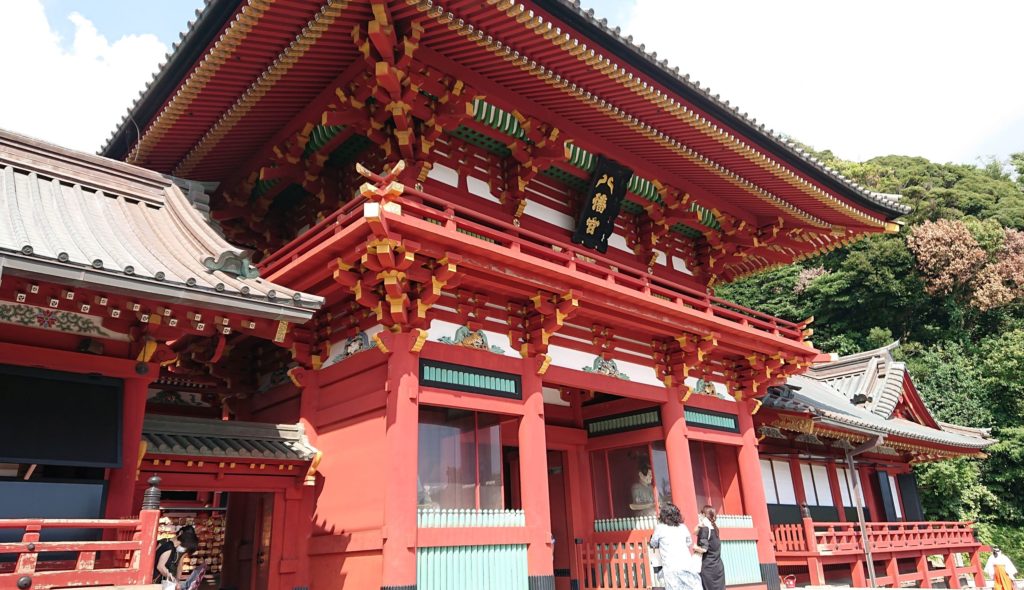
Hokaiji Temple: Bishamonten (details refer to my Blog)
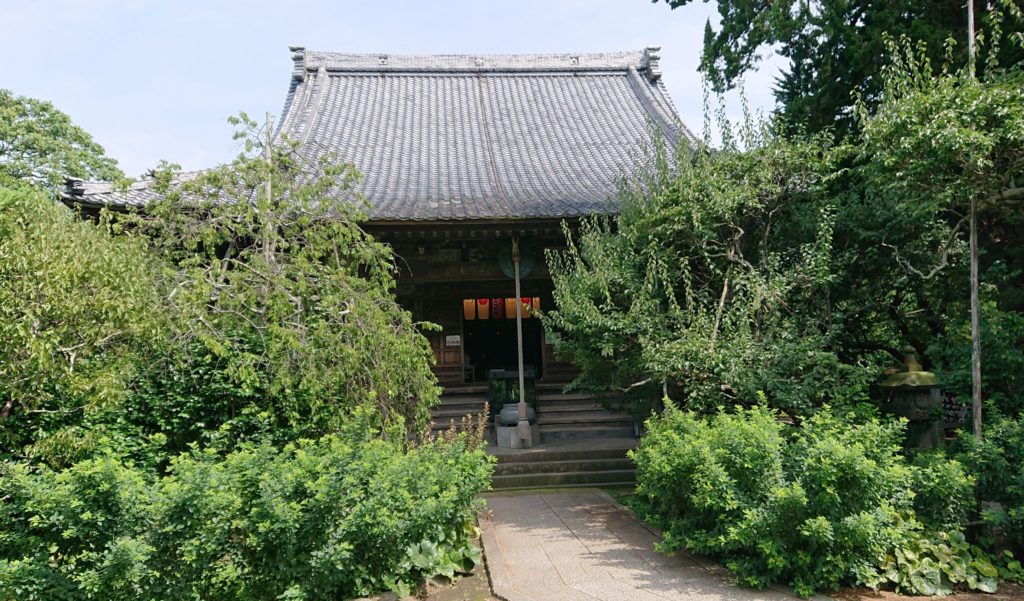
Myoryuji Temple: Jurojin (details refer to my Blog)
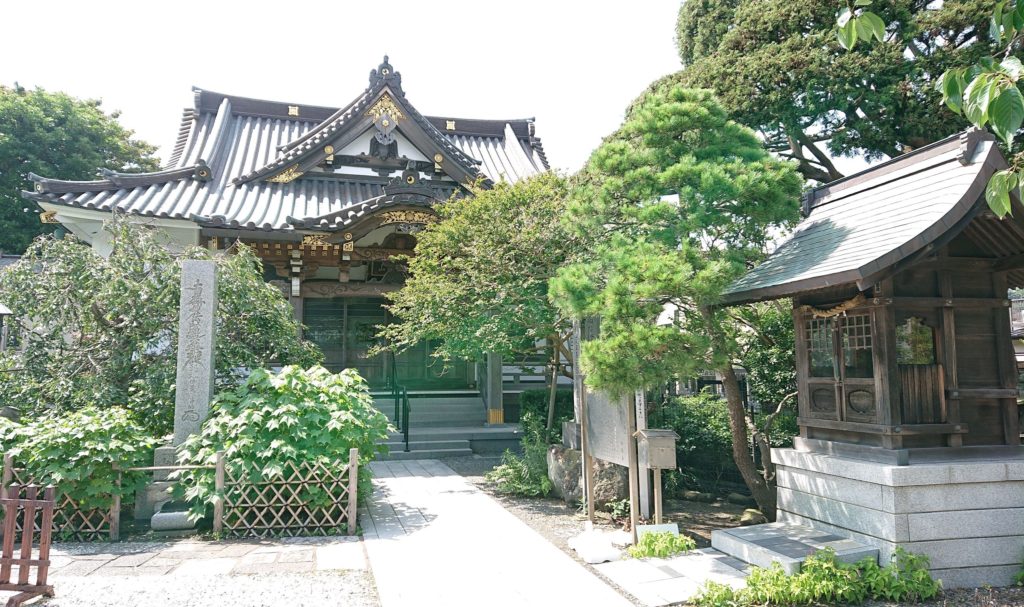
Honkakuji Temple: Ebisu (details refer to my Blog)
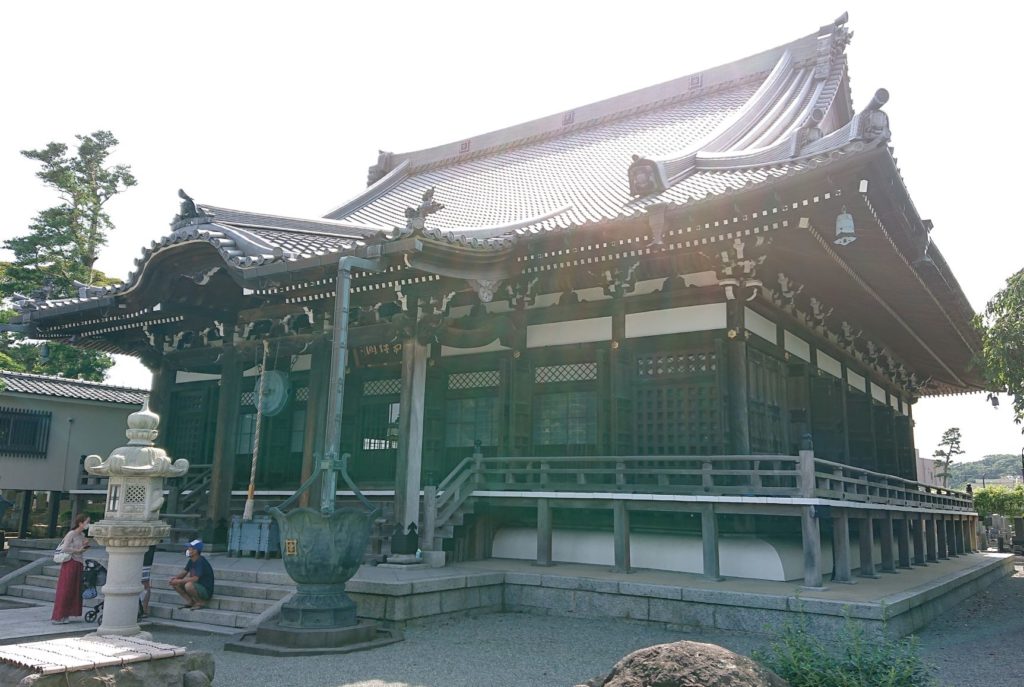
Hasedera Temple: Daikokuten (details refer to my Blog)
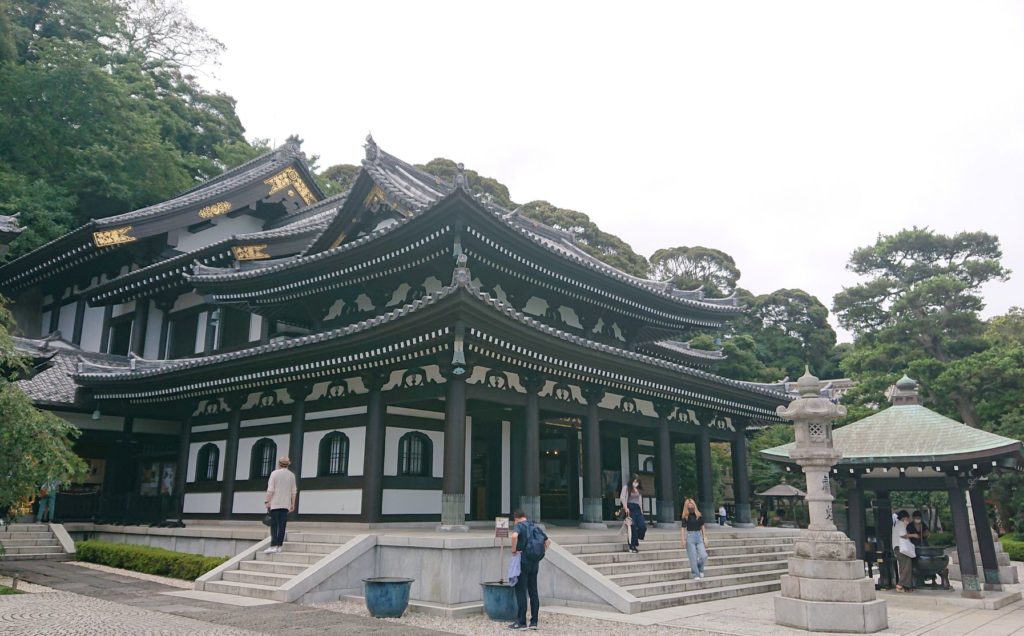
Goryo Shrine: Fukurokuju (details refer to my Blog)
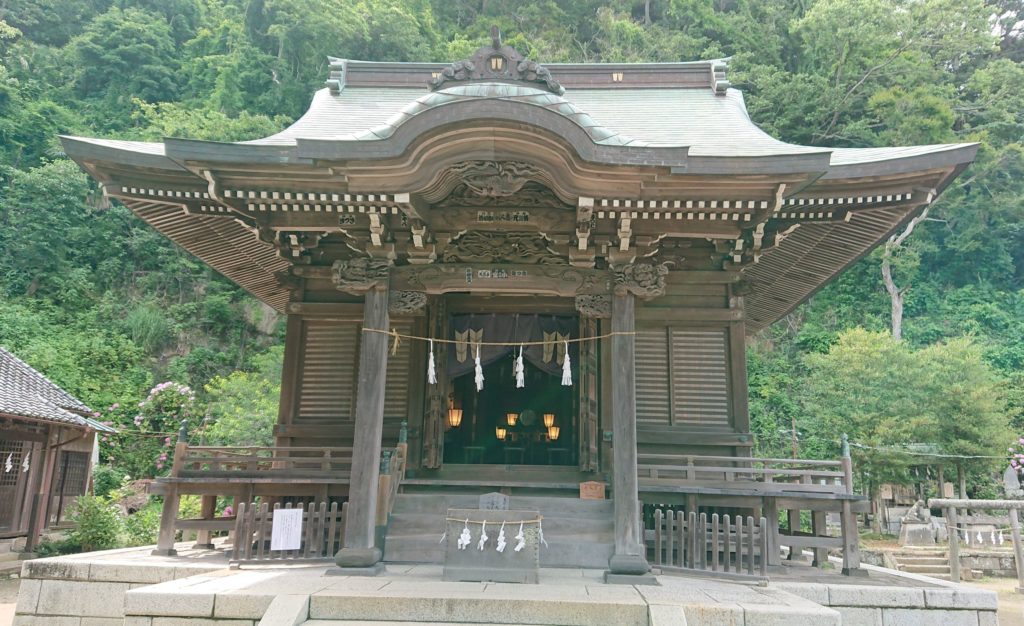
Enoshima Shrine: Benten(details refer to my Blog)
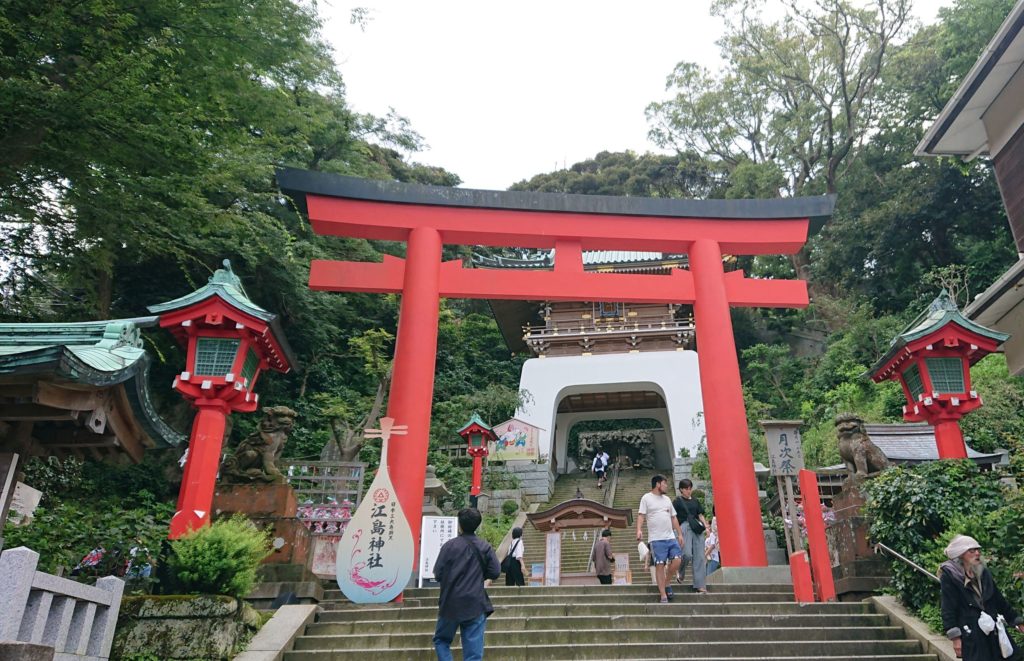
===================the below is Japanese================
毎年、日本人だけでなく、多くの外国の方も鎌倉や江ノ島に観光に来ています。200万人
現在(2020年3月~8月)は、コロナウィルスの感染拡大防止のため渡航が制限されていますので、外国の方がほとんど居ない状況です。
しかし、多くの日本人は、八百万の神やご先祖供養の仏様を重んじています。
私は、無宗教なので、特別な宗派に意識を持っていません。これは、日本の若年~中年の大多数だと思います。
私の住まいは、鎌倉市の隣、逗子市ですが、今まで、「鎌倉江の島七福神」の名称は知っていましたが、なかなか関心を持つことができませんでした。
今回、観光地鎌倉の魅力を自分自身体験したくなり、神社仏閣を巡ろうと考えました。
鎌倉には、非常に多くの神社仏閣がありますが、「鎌倉江の島七福神」巡りは、神様の縁起を得つつ、コンパクトに鎌倉や江ノ島の魅力を十分味わえる旅になると確信しました。
利用する駅は、JR横須賀線「北鎌倉」と「鎌倉」、江ノ島電鉄の「長谷」と「江ノ島」になります。
「鎌倉江の島七福神」に限ってしまえば、「北鎌倉駅」下車し「浄智寺」→「鶴岡八幡宮」→「宝戒寺」→「妙隆寺」→「本覚寺」→「鎌倉駅」、江ノ島電鉄に乗り換えて「長谷駅」下車し、「長谷寺」→「御霊神社」→「長谷駅」に戻り、再び江ノ島電鉄で、「江ノ島駅」に降り、「江島神社」に参拝するコースです。
実際に効率よく回れると、4~5時間ですが、混んでいたりゆっくり回ると2日は掛かるかもしれません。
各神社仏閣では、独自の「御朱印」という記念の印を記載してくれます。各場所で、色々特徴があり面白いです。これを集めることを趣味としている方も、非常に多くいます。
「鎌倉江の島七福神」専用の色紙があります。これに、巡った神社仏閣の御朱印を記録していけば、間違いなく思い出の記念になります。
「七福神」は、インドのヒンズー教、中国の仏教の神様が日本に伝来し、独自の付加価値をつけて、祈るものに幸せを与えてくれます。
是非、日本の鎌倉を訪れたときには、健康のため歩いて汗を流しながら、1つ1つの御朱印を集めてみてはいかがでしょうか?
鎌倉や江ノ島には、美味しい食事、お菓子がたくさんあります。
そういった楽しみも一緒に満喫しながら神社仏閣を回るとより一層思い出が増えます。この「鎌倉江の島七福神」には含まれていませんが、「鎌倉宮」、鎌倉大仏のある「高徳院」もあります。
折角の「鎌倉」「江ノ島」観光をより有意義なものにして頂ければ、私としては非常にうれしく思います。
以下に、私が「鎌倉江の島七福神」を巡った時の、ブログを紹介いたします。鎌倉や江ノ島に来る前や、実際に来ているときに、このブログを参考にしてもらえれば、私はうれしいです。また、多くの人に、「鎌倉江の島七福神」の魅力を多くの人に拡散していただければ幸いです。
この記事へのコメント